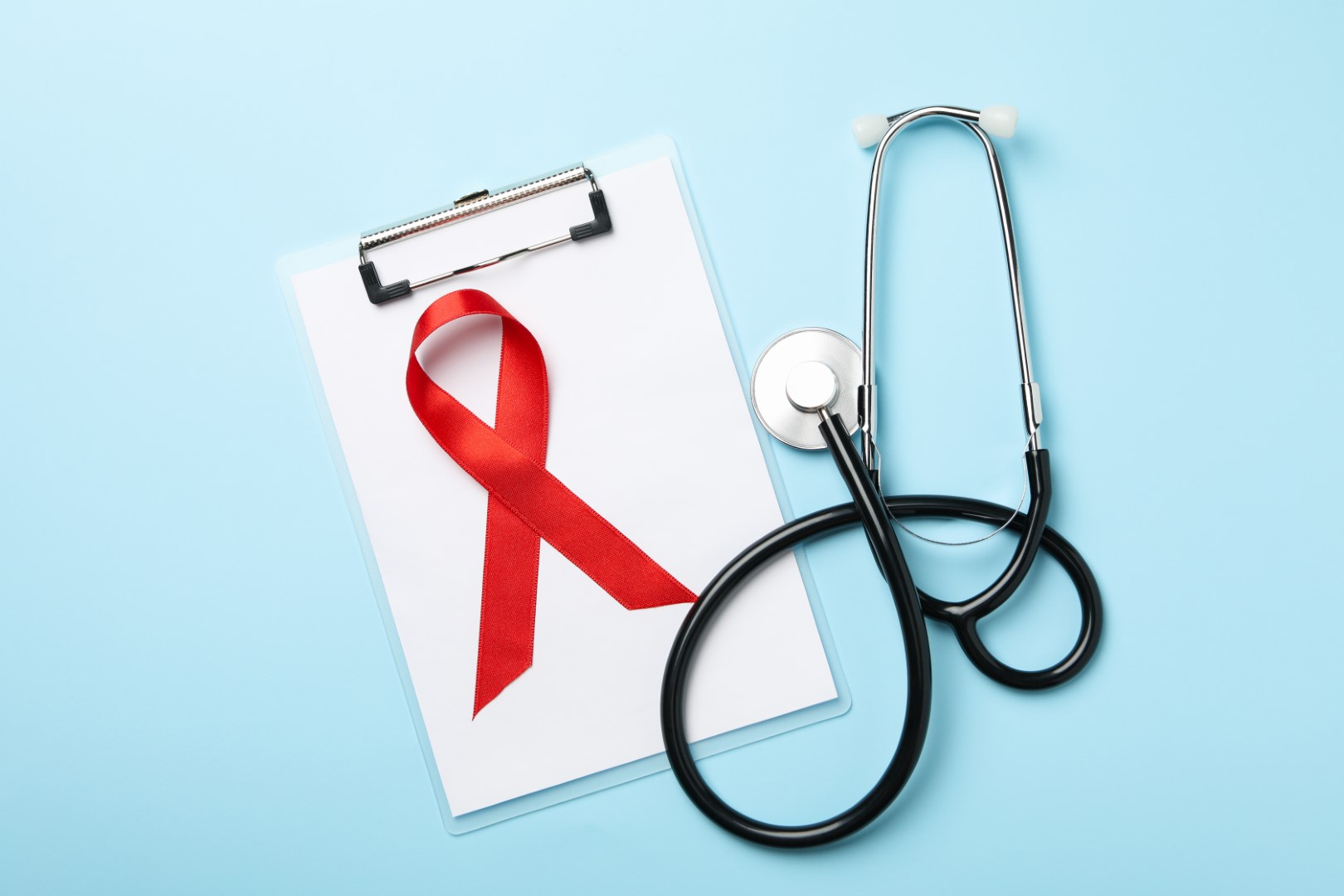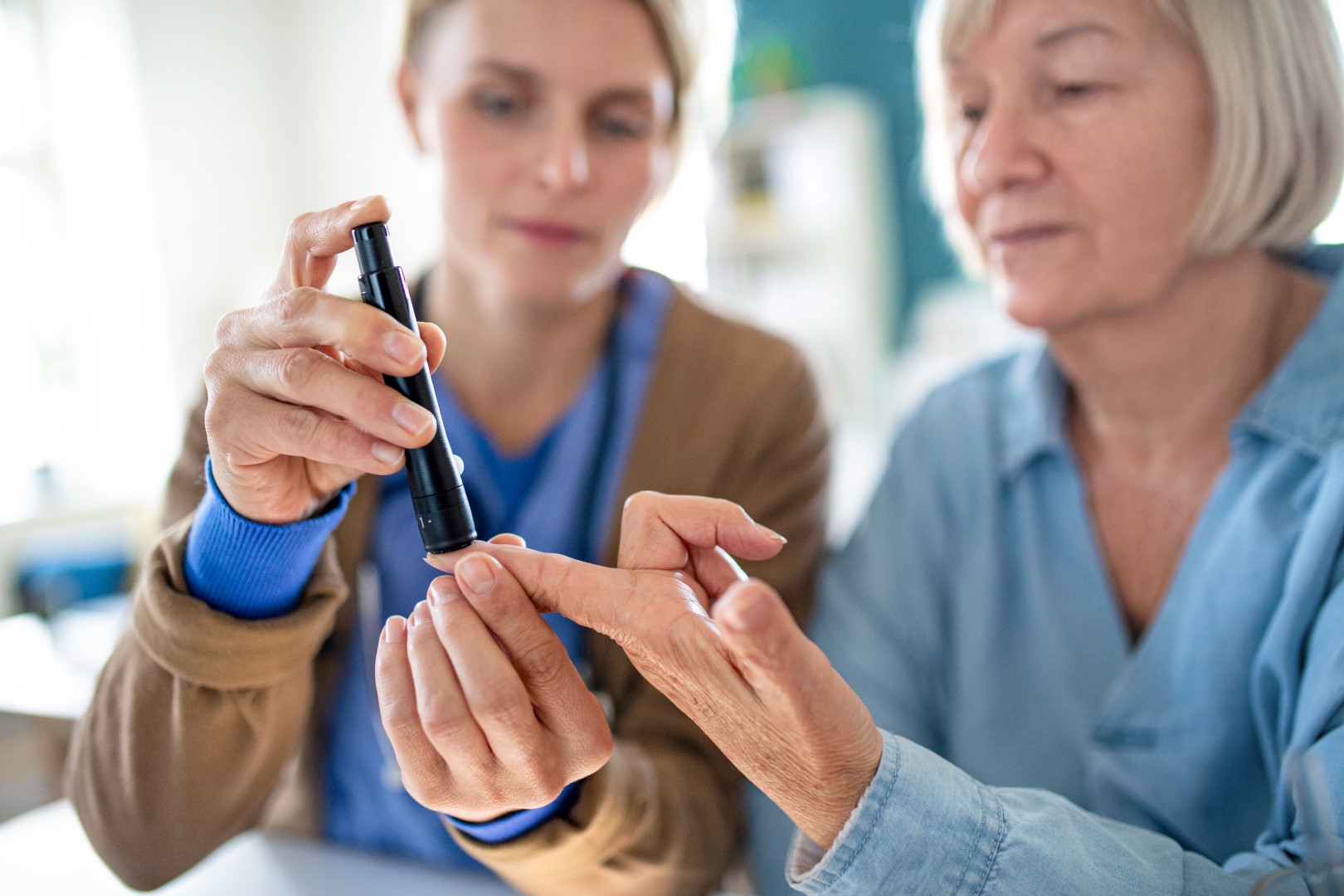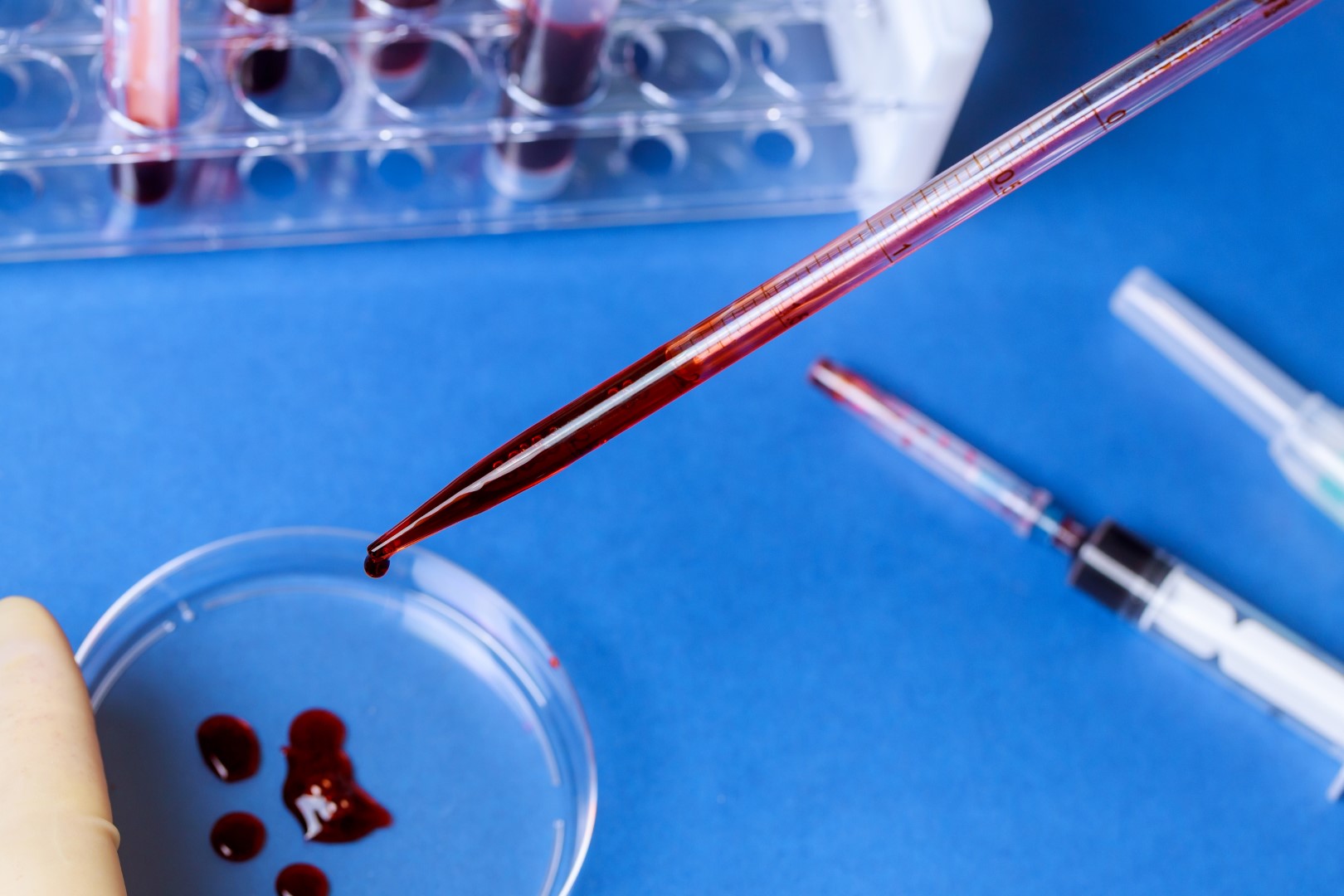Biochemistry Profiles
BIOCHEMISTRY, which is also known as clinical chemistry, is the area concerned with the analysis of bodily fluids (urine, blood etc.) to determine the presence/activity of defined molecules. Biochemistry tests may be sub-categorized into:
This section includes general biochemistry profiles to provide information for the following conditions / organs:
Oestradiol
Immunology
FSH
Pharmacology

MYELOMA

DIABETES
is a condition characterized by hyperglycemia (high blood sugar). This is usually due to insufficient levels of insulin. Common symptoms include: polyuria (excessive urine production), polydipsia (increased thirst) and vision problems. Currently there exist three main forms of Diabetes:
- Type I
- Type II
- Gestational Diabetes

OSTEOPOROSIS

LIVER FUNCTION

LIPID PROFILE
BIOCHEMISTRY PROFILES
- FBC and ESR
- Biochemistry Profile
- Protein Electrophoresis
- Immunoglobulins
(IgA, lgG, IgM) - Bence-Jones Protein
- Urea and Electrolytes
- Alkaline Phosphatase
- Total Protein
- Albumin
- Globulin
- Calcium
- 24 hour urinary calcium
- 24 hour urinary
- phosphate
- ALP (Alk. Phosphatase)
- SGTP (ALT)
- SGOT (AST)
- γGT
- T. BILIRUBIN (Bilirubin)
- BILIRUBIN DIRECT
- INDIRECT BILIRUBIN
- Glucose
- Glycosylated Hb
- Microalbumin
- Alkaline Phosphatase
- Calcium
- Albumin
- Phosphate
- Serum Crosslaps
- Vitamin D (25 OH)
- ALP (Alk. Phosphatase)
- SGTP (ALT)
- SGOT (AST)
- γGT
- T. BILIRUBIN (Bilirubin)
- BILIRUBIN DIRECT
- INDIRECT BILIRUBIN
- PROTEIN
- ALBUMIN
- GLOBULIN
- LDH
- Iron
- Total Iron Binding Capacity
- Ferritin
- CHOLESTEROL
(Cholesterol) - HDL-CHOLESTEROL
- LDL-CHOLESTEROL
- TRIGLYCERIDES (Τριγλυκ.)
- ATHEROGENIC RATIO
- LDL subfractions (lipoprint)
Useful Websites for additional Information:
-
Multiple Myeloma Research Foundation
For more information on Myeloma visit the Multiple Myeloma Research Foundation website
-
American Diabetes Association
For more information about Diabetes visit the website
-
National Osteoporosis foundation
For more information on osteoporosis and bone health visit the National Foundation of osteoporosis website
-
MedlinePlus
For more information on liver disease, visit MedlinePlus website
-
Lab tests online
For more information on specific lab tests